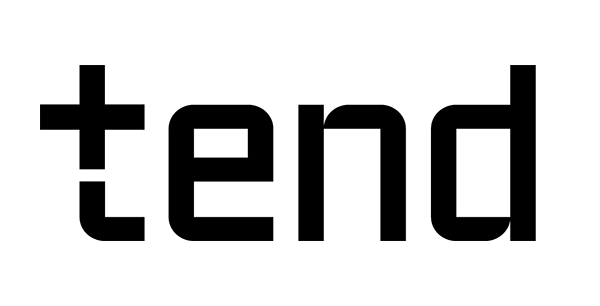By Bradley Blair, Osteopath
I didn’t grow up dreaming of becoming an osteopath.
Before I ever stepped foot into a treatment room, I was working night shifts as a doorman in London. I had no clue what I wanted to do with my life. Then I saw a scene in a film that changed everything. A character became a physical therapist, and something just clicked. “I could be good at that,” I thought. That one moment lit the path for the next 18 years of my life.
Now, I work as an osteopath in New Zealand, helping people feel better, move better, and take ownership of their bodies again. And the longer I do this work, the more I realise that the best solutions are often the simplest.
Clearing Up the Confusion Around Osteopathy
Most people who walk through my door aren’t exactly sure what an osteopath does. That’s fair. It can be confusing. They ask, “So are you like a chiropractor or a physio?”
Here’s how I explain it:
I treat muscle and joint pain by working with three systems—muscles, joints, and the nervous system.
When those systems are off, pain shows up. When they’re working in harmony, movement feels good again.
I do a mix of manual therapy, soft tissue work, joint mobilisation, dry needling, and a whole bunch of listening. Because at the heart of it, I’m not just treating pain. I’m treating people.
Helping People Trust Their Bodies Again
Pain does more than hurt. It builds fear. It makes people scared to move, scared to bend, scared to lift their kids or train again. That’s often the first thing we work on—not flexibility, not strength, but confidence.
And that takes more than just a diagnosis. It takes time, patience, and clarity. You’ll never catch me dressing things up with complicated language or false promises. I tell people what I see, what I’m going to do, and why it might help.
Keep it simple. That’s the rule.
What I Use in the Clinic and Why
I’ve worked across the UK, Singapore, the Cayman Islands, and now New Zealand. I've seen how different cultures, clinics, and healthcare systems treat recovery. And let me tell you, there is no one-size-fits-all answer.
My job is to bring the right mix of tools to each session. That might include:
- Soft tissue work
- Dry needling (when appropriate)
- Joint mobilisation
- Strength and rehab advice
- And yes, sometimes vibration therapy
That last one? That’s where Tend comes in.
Finding Tend and Why It Works
I discovered Tend on Instagram a couple of years ago. At first, it was just curiosity. But once I got my hands on it, I realised this was something different. It wasn’t trying to jackhammer people like some massage guns. It was gentler, smarter, and more focused.
Now I use it daily in clinic. Sometimes on people who are nervous about needles. Sometimes when the muscles are too reactive to go straight in with hands-on work. Sometimes just as a finishing touch to relax the nervous system before someone walks out the door.
For me, Tend is especially good at:
- Trigger point therapy without the discomfort
- Calming overactive nerves
- Prepping tight tissues for deeper work
- Supporting recovery without adding extra pain
One of my favourite stories? A young boy, just 11 years old, came in scared to be treated. He’d had a bad experience before and was terrified of needles. I introduced Tend slowly, showed him it wouldn’t hurt, and used it on his tight shoulder. He walked out smiling and pain-free.
That moment? That’s why I do this.
A Therapist’s Job Is to Make Things Easier
No two people are the same. Some need strength work. Some need to relax. Some need to talk. My job is to read the room and adjust. That’s why I value tools like Tend. It’s not the only thing I use, but it fits naturally into almost every case. It helps people feel safer and more in control of their bodies.
Final Thoughts
I’ve been in this profession long enough to know that the best treatment plans aren’t built around fancy jargon or quick fixes. They’re built around listening to the person in front of you, using the right tools at the right time, and always aiming to reduce fear alongside pain.
Tend isn’t the only tool I use, but it’s earned its spot in my treatment room and in my routine. Because when something helps people feel safe, seen, and better in their own bodies, that’s worth holding onto.
If you’re dealing with pain, tightness, or just need a hand getting back to your best, find someone who listens, keeps it simple, and uses tools that work.








